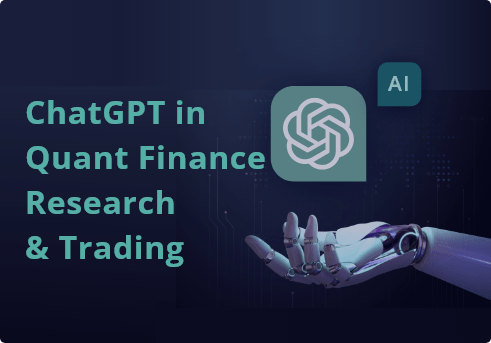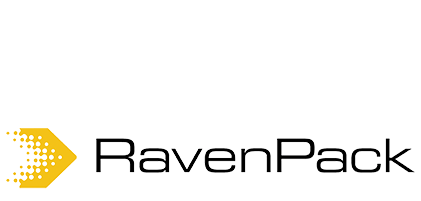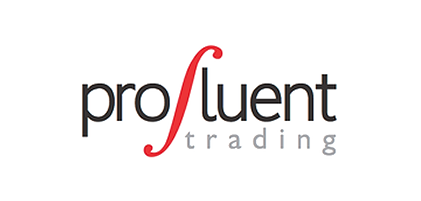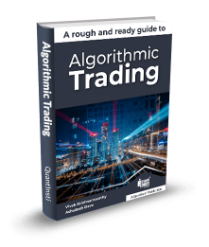Executive Programme in Algorithmic Trading
For Working Professionals & Aspirants
Join our 6-month course with weekend-only lectures carefully curated for traders, engineers, and financial market aspirants.
With 120+ hours of online live lectures and 150+ hours of recorded material, the course provides an in-depth foundation for those looking to establish their own trading desk, elevate their trading strategies, or secure positions within leading financial institutions.



Industry-Leading Curriculum joins AI revolution
Gain access to the most comprehensive quant trading curriculum in the industry, with a dedicated focus on practical learning and implementation. The curriculum has proven beneficial to a diverse range of learners, including industry veterans with over 50 years of experience as well as recent college graduates.
The topics range from algorithmic trading, quantitative trading, and high frequency trading to machine learning and strategy optimization. Amidst the AI-driven landscape, our curriculum shines as a beacon of innovation, constantly evolving and infused with state-of-the-art technological advancements.
See detailed curriculum herePlacement Support
With over 300+ hiring partners across 20+ countries and lifelong placement support, we ensure that you're never alone in your journey during & after the course.
Check placement reviews hereWorld-Class Faculty
Learn from over 20+ faculty experts and biggest names in Algorithmic Trading, ensuring highest-quality and real world knowledge.
See the faculty list here120+
Hours Live Lectures
20+
World Class Faculty
300+
Placement Partners
90+
Participant Countries
Shaping Successful Career in Algo Trading
Jonathan Mathews
Chief Investment Officer, Clim8, United States
These six months (of EPAT) really opened my eyes to all the different kind of paths you can take within systematic trading. With EPAT, I was able to expand upon and develop my own strategies further.



About QuantInsti
Founded By Partners Of iRage, One of Asia's Leading Algo Trading Firm
With over 14 years in the industry, QuantInsti is a pioneer in algorithmic trading education. As a sister concern of iRage, one of Asia's leading Algorithmic Trading Proprietary Desks, we deliver top-notch training in algorithmic trading, leveraging our extensive knowledge and expertise. With the vision to create an Algorithmic Trading ecosystem, QuantInsti offers edtech and fintech solutions to brokers and institutional clients which are used by them to offer learning and trading applications to their clients.
List of Directors & AdvisorsAccreditations & Recognitions

Continuing Professional Development (CPD)

The Institute of Banking & Finance Singapore
Tech Innovations

State-of-the-art trading platform
QuantInsti’s research, back-testing and trading platform ‘Blueshift’ stands out from other back-testing and live trading platforms available in the market. It is one of the few publicly available platforms which is a comprehensive Complex Event Processing (CEP) engine. Top financial institutions like ICICI Securities, one of India’s top broking firms with 5M+ clients, have adopted Blueshift platform’s to empower their clients.
Only publicly available CEP engine in India
- Supports multiple markets/assets
- Empowers you to create any strategy
- Accurate & advanced backtesting
- Cloud based, available anywhere anytime
- Paper and live trading capabilities

Python Interactive Learning Platform
Quantra by QuantInsti is a Python-based interactive learning platform which allows traders to learn new strategies, backtest them and paper/live trade on them all at one place. The strategy paradigms covered on the platform include fundamental, technical, quantitative methods, to deep-learning and ML based strategies.

How Quantra helps individual traders?

How is the Quantra platform used by Brokers & institutions for client-retention?
58%
User Purchase Multiple Purchases
190+
Countries Reached
4.5/5
Average Rating
60+
Courses & Learning Tracks
Hiring Partners
Recent placement resulted in a salary of over Rs. 50+ lakhs in India.












Algo-Trader Aptitude Test: Are You Ready?
Check your compatibility now!
10 Minutes | 10 Questions
Ready to explore the financial and programming arena in just 10 minutes with questions from Statistics, Financial markets, options and programming?

Want a personalised EPAT demo?
Get a free step-by-step walkthrough of EPAT. Engage in a comprehensive discussion about the outcomes, tailored to suit your own learning journey.
Webinar Recordings
Build Your Quant Portfolio


Quant Trading Masterclass with Industry Experts

GenAI & Automated Trading Summit

Algo Trading & How to Stay Ahead
Algo Trading Ebook

40,000+ Downloads
Algorithmic Trading: A Rough & Ready Guide
- Intro to Algorithmic Trading
- History & Terminology
- Pros & Cons of Automated Trading
- How to Create a Robust Trading System.
- No programming knowledge required.























